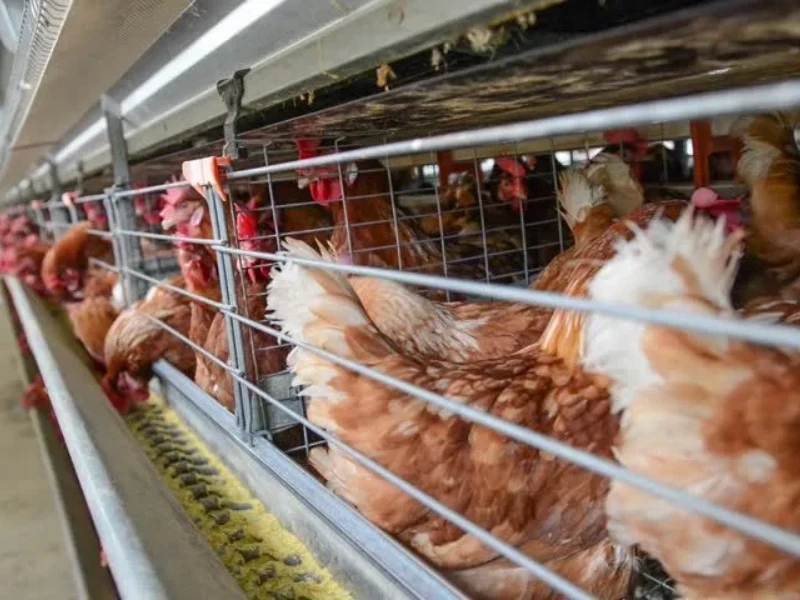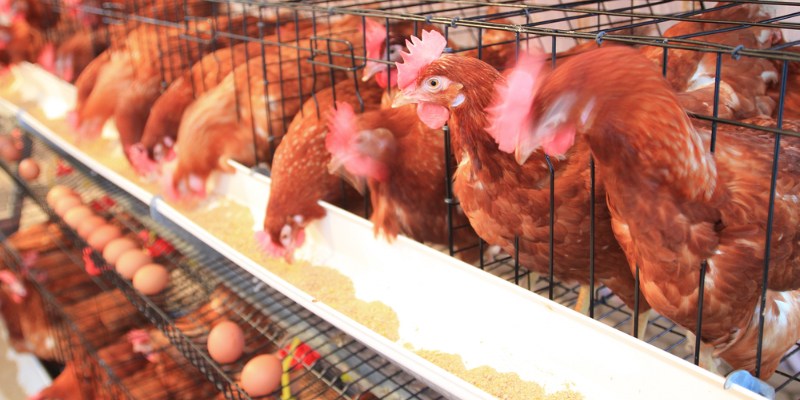
How Much Budget Does a Farm of 5,000 Laying Hens Require?
Establishing a farm for 5,000 laying hens is a rewarding venture. However, it’s essential to have a clear understanding of the financial requirements involved. Although some estimates suggest a budget that could reach into hundreds of thousands of dollars, it is indeed possible to set up a smaller-scale operation with a total budget around $20,000. Here, we’ll explore how to allocate this budget effectively while ensuring a successful start to your poultry farming journey.
Initial Setup Costs
The initial setup costs are critical when determining the budget for a 5,000 laying hen farm. In this section, we will break down key components to help manage expenses efficiently.
Land Acquisition
For a small-scale operation, you may be able to find affordable land or even lease property instead of purchasing it. Depending on your location, leasing options can reduce upfront costs significantly. Budgeting approximately $5,000 to $7,000 for land acquisition or leasing arrangements is a reasonable expectation.
Poultry Housing
Building or buying suitable housing is crucial for the welfare of your hens. While traditional barn-style systems may be costly, using repurposed structures or building simple coops can offer savings. A basic poultry house could range from $3,000 to $5,000 if constructed with cost-effective materials and local resources.
Equipment Purchase
Essential equipment includes feeders, waterers, A type laying hen cage, and egg collection systems. At this scale, opting for used or locally made equipment can help keep costs low. You might allocate around $2,000 to $4,000 for purchasing essential equipment.
Operating Expenses
Once the initial setup is complete, ongoing operational expenses are vital to consider in your budget for a 5,000 laying hen farm.
Feed Costs
Feed is typically one of the largest ongoing expenses in poultry farming. For 5,000 laying hens, at an average feed consumption of 0.25 pounds per day, this totals about 1,250 pounds daily. Assuming an average cost of $0.30 per pound, you would spend approximately $135,000 annually solely on feed. However, this estimated cost can be adjusted based on local pricing and sourcing options, such as bulk purchasing or growing some of your own feed.
Veterinary Care
Health checks and vaccinations are essential to maintaining a healthy flock. For a small operation, you can expect to budget around $1,500 to $3,000 annually for veterinary care. Building relationships with local veterinarians can also lead to more affordable services.
Labor Costs
If you plan to run the farm independently, labor costs can decrease dramatically. However, if additional help is needed, consider budgeting around $5,000 for part-time labor during peak times.
Utilities
Budgeting for utilities like electricity and water is necessary. This can vary, but setting aside approximately $1,200 to $2,400 annually can cover basic utility needs.
Contingency Fund
A contingency fund is vital for any budget. Allocating around 10% ($2,000) of your total budget for unexpected expenses will provide a financial buffer for emergencies or unforeseen challenges.
Total Budget Overview
To summarize, here is a rough estimate of what your budget for a 5,000 laying hen farm might look like:
- Land Acquisition/Lease: $5,000 – $7,000 (one-time)
- Poultry Housing: $3,000 – $5,000 (one-time)
- Equipment Purchase: $2,000 – $4,000 (one-time)
- Annual Feed Cost: $5,000 – $10,000 (depending on local prices)
- Veterinary Care: $1,500 – $3,000
- Labor Costs: $5,000 (if needed)
- Utilities: $1,200 – $2,400
- Contingency Fund: $2,000
Adding these estimates gives a total initial budget requirement of approximately $20,000, assuming careful planning and resource management.
Conclusion
Establishing a budget for a 5,000 laying hen farm can indeed be done within a $20,000 framework by leveraging cost-effective strategies and careful planning. From securing affordable land to utilizing efficient feeding methods, every aspect of your budget must align with your goals for sustainability and profitability.
With the right approach, you can create a flourishing poultry business that not only meets your financial expectations but also provides fresh eggs.

